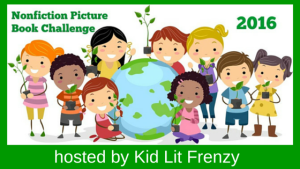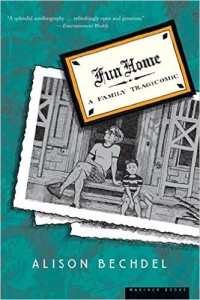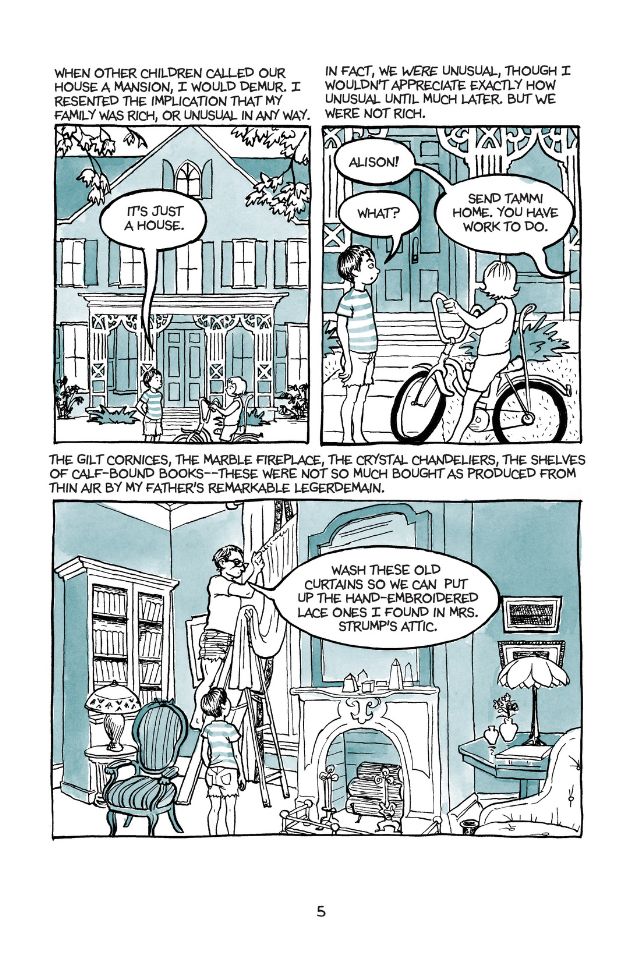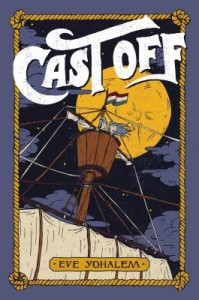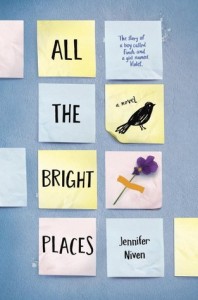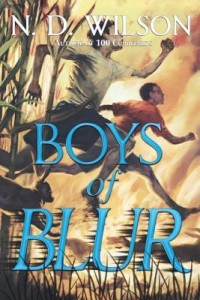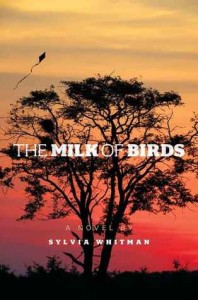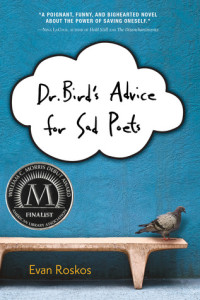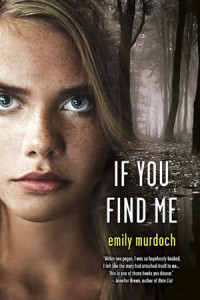Nonfiction Wednesday
Nonfiction Picture Book Wednesday is hosted by Kid Lit Frenzy and was started to help promote the reading of nonfiction texts. Most Wednesdays, we will be participating and will review a nonfiction text (though it may not always be a picture book).
Be sure to visit Kid Lit Frenzy and see what other nonfiction books are shared this week!
Fun Home: A Family Tragicomic
Author: Alison Bechdel
Published: June 5, 2007 by Mariner Books
Summary: In this graphic memoir, Alison Bechdel charts her fraught relationship with her late father.
Distant and exacting, Bruce Bechdel was an English teacher and director of the town funeral home, which Alison and her family referred to as the Fun Home. It was not until college that Alison, who had recently come out as a lesbian, discovered that her father was also gay. A few weeks after this revelation, he was dead, leaving a legacy of mystery for his daughter to resolve.
Review: I don’t tend to read many adult books each year, but I kept seeing this book referenced. I noticed it was a 2007 publication, and when books are still being discussed frequently almost ten years later, you know they have to be good! I finally requested it from my library, and boy did I love it. I usually try to review only new books, but this book was too good not to share. I felt deeply connected with Alison and her life—despite the fact that it is nothing like mine. I was really drawn to the psychological themes she embedded and the phenomenal writing. She is incredibly smart, and this shines in her writing. The drawings are equally captivating. I am not surprised that young adults tend to read this book. It’s quite edgy and many sections made me blush, but I know this doesn’t stop teens. I will be thinking about this book for a long time.
Teacher’s Tools for Navigation: I am not a stranger to controversy, but I’d probably use this book for close reading because the images might be a bit uncomfortable for some (but not most!) of my students. There is a lot of nudity, and there are sexually explicit drawings. That said, I most certainly would have it in my classroom (nothing stops me, controversy-wise, if a book is really good and a great learning tool). A close reading of many of the beginning chapters would lead to fantastic conversations about family dynamics and psychology. There is so much to teach from this book: Tone, Author’s Perspective, Vocabulary, etc.
Discussion Questions: How does Alison navigate her childhood?; What is her response to her father’s death? Why might this be?; What role does the Fun Home play in her life? How does this graphic novel differ from others that you’ve read?; How is the author’s writing style similar to short vignettes? What scenes stand out to you? Why might this be?
Flagged Passage:
Read This If You Love: How the World Was: A California Childhood by Emmanuel Guibert; The Photographer by Emmanuel Guibert; Alan’s War by Emmanuel Guibert; The Stranger by Albert Camus; The House on Mango Street by Sandra Cisneros
